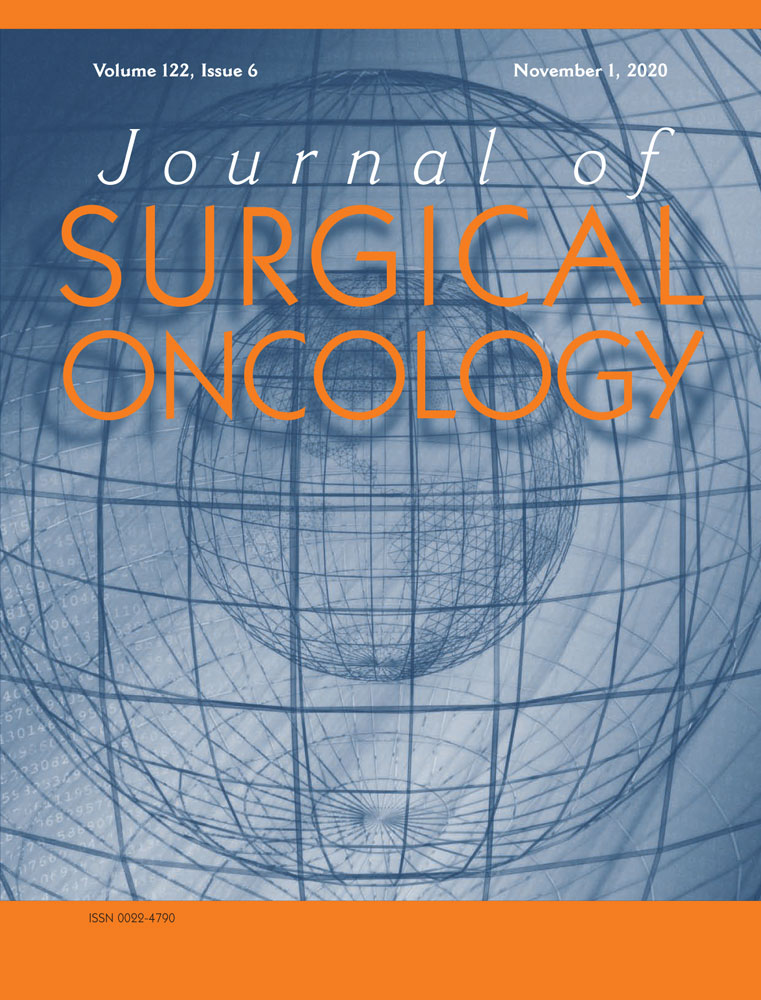Lesional therapies for in-transit melanoma
Abstract
Background and Objectives
To describe the outcomes of lesional therapy of in-transit melanoma (ITM) with interleukin-2 (IL-2), diphencyprone (DPCP), combination lesional therapy (IL-2, retinoid, and imiquimod; CLT), and imiquimod.
Methods
Data was collected for consecutive patients with ITM receiving lesional therapies from 2008 to 2018 in a retrospective review. Included patients did not have metastatic disease at time of starting on lesional therapy and were not on systemic therapy. The primary outcome was complete pathologic response (pCR).
Results
Of 83 patients, 57 (69%) started treatment with IL-2, 10 (12%) with DPCP, 12 (14%) with CLT, and 4 (5%) with imiquimod. pCR was achieved in 34 patients (41%) overall, including 44% starting on IL-2, 20% on DPCP, 58% on CLT, and none on imiquimod (P = .024). With a median follow-up of 45 months, cumulative one-year overall survival was 86%, with the best survival in the CLT group. Forty-eight percent experienced common terminology criteria for adverse events grade 1 or 2 toxicity. A quarter of patients on DPCP discontinued therapy due to toxicity (P = .002).
Conclusions
IL-2 may be considered for the treatment of ITM with multiple or rapidly developing lesions where there would otherwise be significant morbidity with surgery, given pCR rates and toxicity.
CONFLICT OF INTEREST
Interleukin-2 was initially provided free to patients from Novartis.
Open Research
DATA AVAILABILITY STATEMENT
The data that support the findings of this study are available on request from the corresponding author. The data are not publicly available due to privacy or ethical restrictions.




